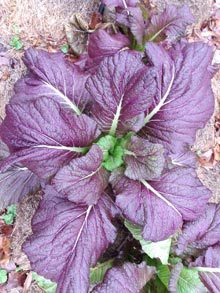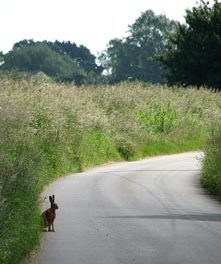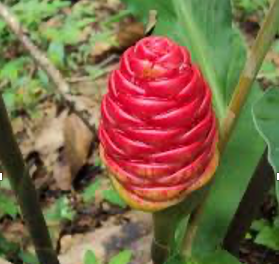 One strategy for optimizing garden harvest is to plant early and often. According to my planting chart it is time for some seed sowing and soil preparation. Of course a soil test will help take the guess work out of your fertilizer purchases. Don’t guess, do the test. Follow the recommendations for application of lime, because many vegetables like the soil pH to be around 6-6.5. Blueberries and potatoes are an exception, and both enjoy acidic soils. All bare root fruit trees can be planted out now, as well as asparagus crowns, beets, broccoli, Brussels sprouts, cabbage, carrots, cauliflower, onion sets and plants. Peas and carrots taste good together and are good companion plants. I also like to mix in radish seeds with the carrots seeds, because the radishes germinate very quickly and will help mark the row as carrots take longer to sprout. Other leafy greens that enjoy cool weather are spinach, turnips, collards, kale, lettuce, and mustard. You can grow turnips for greens and roots or some folks love the smooth flavor of rutabagas. Sweet and snap peas can grow up on a trellis and there are also bush varieties. Using a soil inoculant when planting can help beans and peas to convert atmospheric nitrogen to a usable form and reduce the amount of fertilizer. In general legumes will add nitrogen to the garden and are used as cover crops and in crop rotation before plants which are heavy “feeders”. Mixing herbs and flowers in the garden beds can be beneficial to vegetables and encourage beneficial insects to help with pollination.
One strategy for optimizing garden harvest is to plant early and often. According to my planting chart it is time for some seed sowing and soil preparation. Of course a soil test will help take the guess work out of your fertilizer purchases. Don’t guess, do the test. Follow the recommendations for application of lime, because many vegetables like the soil pH to be around 6-6.5. Blueberries and potatoes are an exception, and both enjoy acidic soils. All bare root fruit trees can be planted out now, as well as asparagus crowns, beets, broccoli, Brussels sprouts, cabbage, carrots, cauliflower, onion sets and plants. Peas and carrots taste good together and are good companion plants. I also like to mix in radish seeds with the carrots seeds, because the radishes germinate very quickly and will help mark the row as carrots take longer to sprout. Other leafy greens that enjoy cool weather are spinach, turnips, collards, kale, lettuce, and mustard. You can grow turnips for greens and roots or some folks love the smooth flavor of rutabagas. Sweet and snap peas can grow up on a trellis and there are also bush varieties. Using a soil inoculant when planting can help beans and peas to convert atmospheric nitrogen to a usable form and reduce the amount of fertilizer. In general legumes will add nitrogen to the garden and are used as cover crops and in crop rotation before plants which are heavy “feeders”. Mixing herbs and flowers in the garden beds can be beneficial to vegetables and encourage beneficial insects to help with pollination. Vegetables need a well- drained sunny spot, and adding compost will help soil to hold moisture and nutrients. Sunlight and consistent moisture are very important to most garden varieties. At least 4-6 hours of sunlight and at least one inch of rainfall or irrigation are required. Mulch will help keep weeds down, hold moisture, moderate soil temperature, and add organic matter to your garden. The best mulches are leaves, straw, compost, cardboard, and shredded paper. If you are using several layers of newspaper or shredded junk mail they should be kept wet and covered with leaves or straw to keep them from blowing around.
Timing is also important. For direct seeding in the ground or in flats for transplanting you will want to plant according to the first frost (fall) or last frost (spring). It is important to consider whether the plant is cold hardy, half hardy, or tender. Soil temperature and air temperature are factors in the equation. Many seeds won’t germinate until the soil temperature is 60°F ex: basil, squash and melons. If you want to put out tomato, peppers, or eggplant you should plant your seed flats about 6 weeks before the date of the average last frost which is March 15th. Luckily the growers or feed and seed stores will have plenty of tomatoes, peppers, and eggplant plants for you if you don’t want to plant your own.
The last tip is to practice good sanitation. Remove and destroy troublesome weeds or diseased plants. Use clean sharp tools, clean germinating mix, fresh seeds, pots, keep benches and tables wiped off with rubbing alcohol or soap and water. Hope you have the best garden ever. Enjoy and share the fruits!
Gardening information is available at the Clemson Home and Garden website:
http://www.clemson.edu/extension/hgic/plants/vegetables/
http://www.organicgardening.com/learn-and-grow/beginners-guide-organic-gardening







